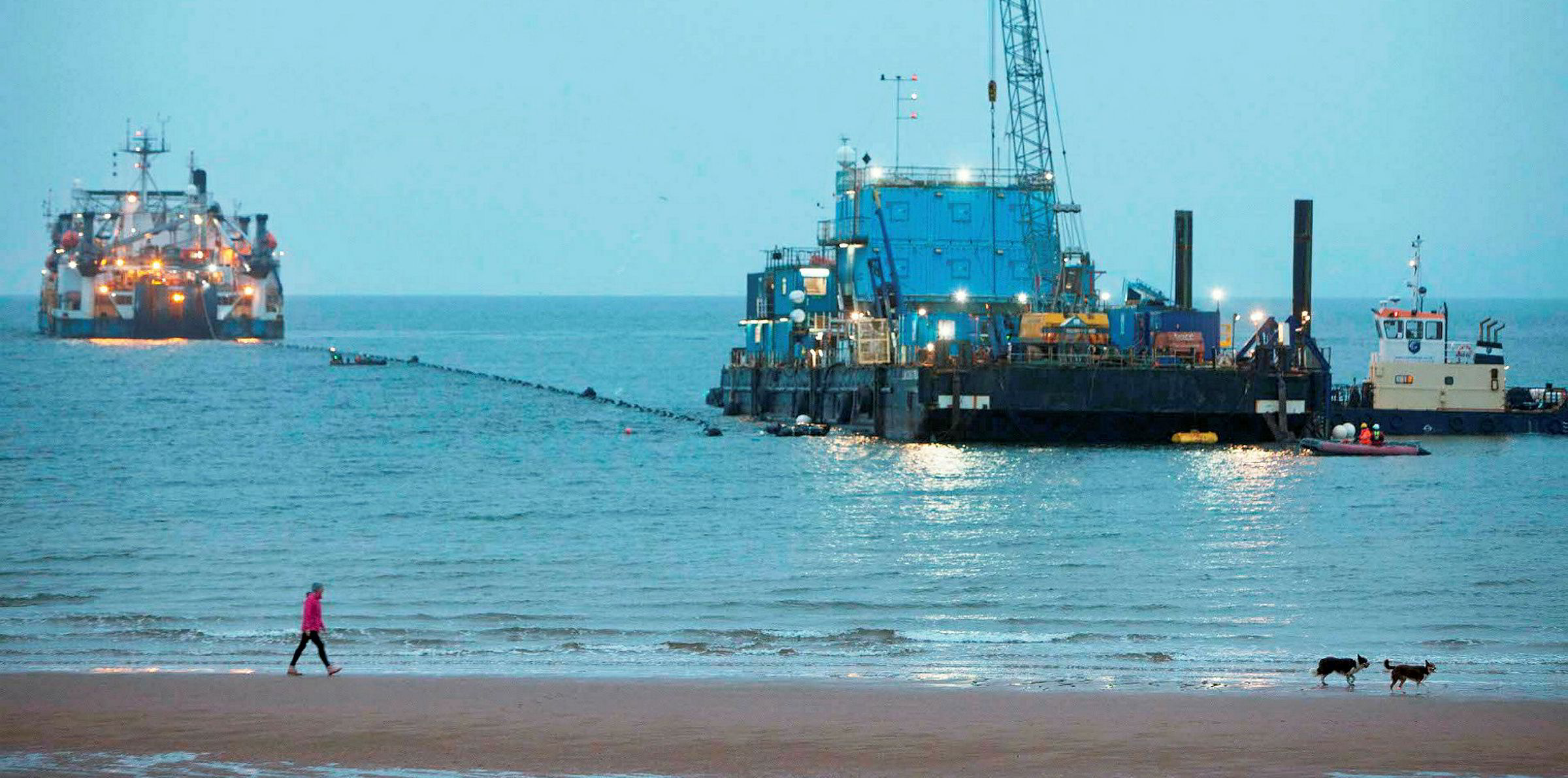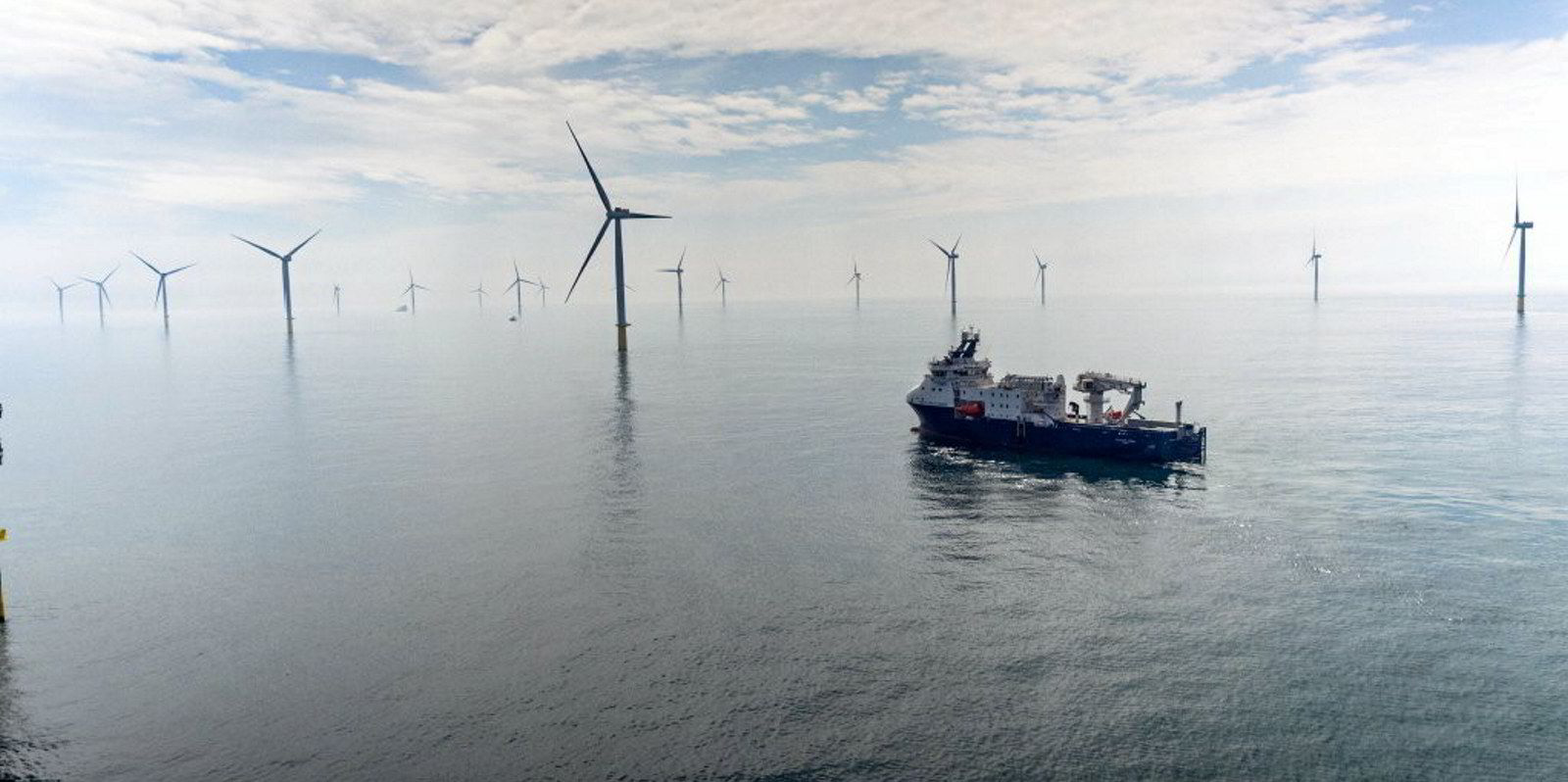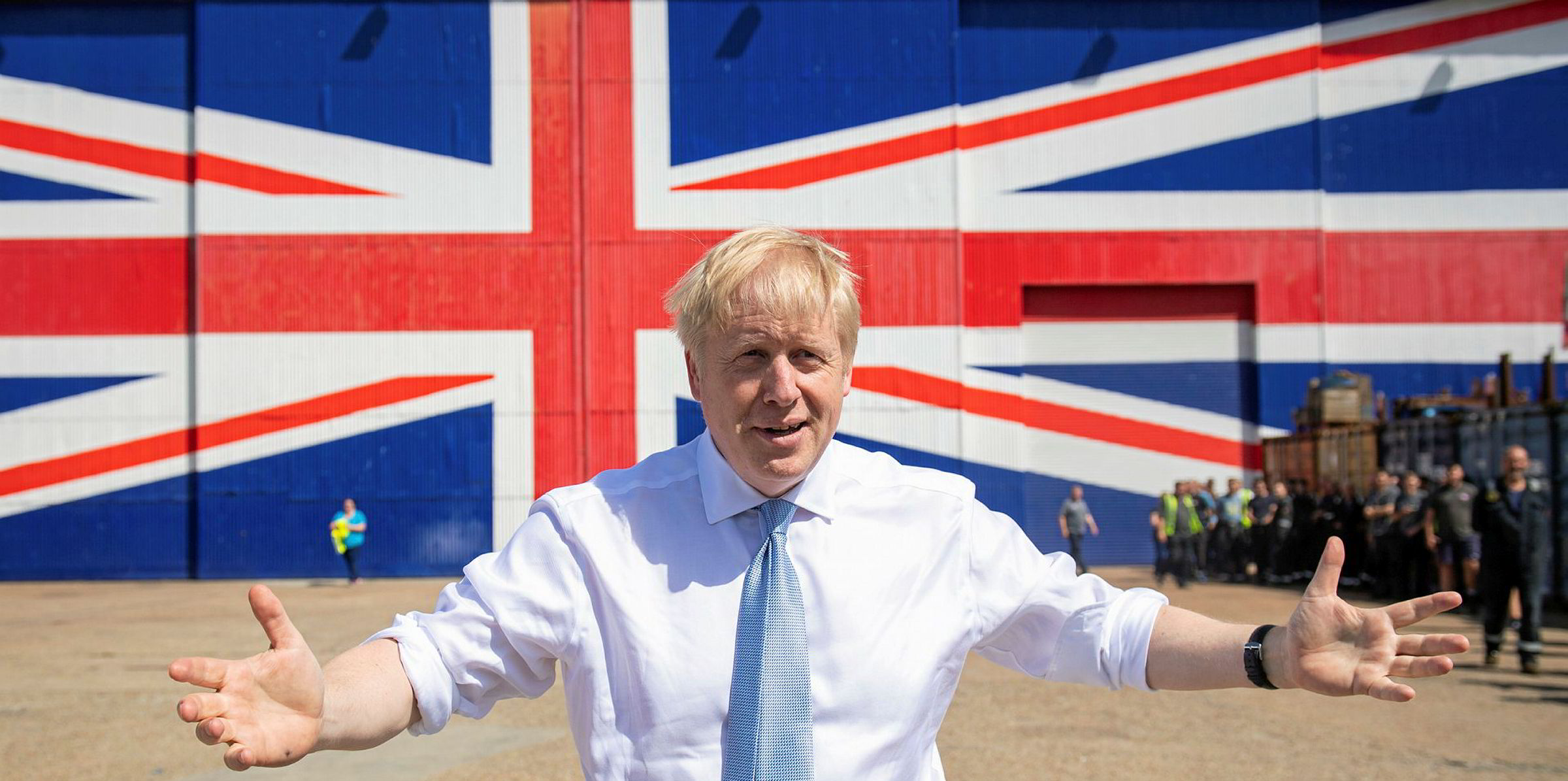UK grid operator National Grid ESO has chosen technical advisory firm DNV GL as a lead partner in a project which will help shape a future national strategy for offshore grid development.
The Offshore Coordination Project will review and recommend ways to improve how the UK’s offshore wind farms are connected to the onshore transmission network.
National Grid ESO and DNV GL will advise the UK Department for Business, Energy & Industrial Strategy (BEIS) review, launched in mid-July, to address the barriers the existing offshore transmission system regime presents to the further deployment of offshore wind. The review involves other industry parties, such as energy regulator Ofgem.
DNV GL has been commissioned to assess the viability of a coordinated approach that includes assessing technology availability (HVDC equipment), analysing technical and regulatory barriers and solutions, and studying the implications on power system security and stability.
The project also involves developing offshore and onshore grid designs and conducting societal cost-benefit analysis of the offshore grid.
BEIS has said the current approach to designing and building offshore transmission links was developed when offshore wind was a nascent sector and industry expectations were as low as 10GW of projects to be built by 2030. The country is now pursuing a fourfold expansion in offshore capacity to 40GW by the end of this decade.
With such increasingly ambitious targets, constructing individual point-to-point connections to shore for each offshore wind farm may not be the most efficient approach. BEIS said such connections could become a major barrier to delivering far greater offshore wind volumes, given the considerable environmental and local impacts, particularly from the associated onshore infrastructure required to connect with the national transmission network.
Wind developers have faced discontent in some coastal communities – particularly in eastern England – over excessive disruption and environmental damage onshore with local politicians calling for a freeze on planning consent until projects are able to share such connections to shore.
“This is an important project to be working on with DNV GL, examining different technological and engineering solutions for offshore grid development and relative different costs and benefits,” said National Grid ESO head of strategy and regulation Craig Dyke.
“We are committed to helping facilitate offshore wind’s contribution to the UK’s net zero target, as well as ensuring value for money for consumers and reducing the environmental and social impacts of onshore connections to local communities.”




